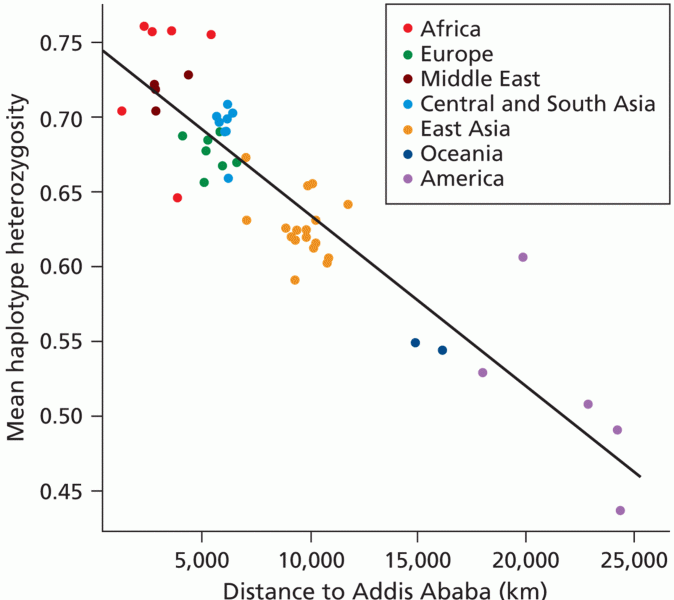|
|
|
People with high total cholesterol have about two times the risk for heart disease as people with ideal levels.
Prostaglandins were first isolated from human semen in Sweden in the 1930s. They were so named because the researcher thought that they came from the prostate gland. In fact, prostaglandins exist and are synthesized in almost every cell of the body.
The first successful kidney transplant was performed in 1954 and occurred in Boston. A kidney from an identical twin was transplanted into his dying brother's body and was not rejected because it did not appear foreign to his body.
Bacteria have flourished on the earth for over three billion years. They were the first life forms on the planet.
In 1864, the first barbiturate (barbituric acid) was synthesized.







